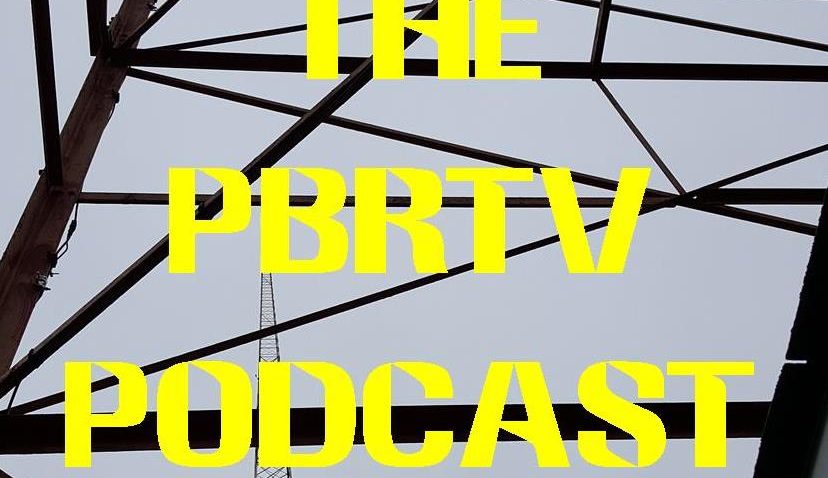The DTV clock is ticking
January 11, 2008. . .
 In one sense, this is an upgrade that’s long overdue. Sure, TV technology has improved steadily over the past two generations. Today’s kids don’t know the “joy” of adjusting the vertical hold, or monkeying with the color, or waiting for the set to warm up.
In one sense, this is an upgrade that’s long overdue. Sure, TV technology has improved steadily over the past two generations. Today’s kids don’t know the “joy” of adjusting the vertical hold, or monkeying with the color, or waiting for the set to warm up.
But the basic TV standard has barely changed since the 1940s. The last significant leap came in 1953, when a local TV store ran the ad to the right in the Uniontown Evening Standard.
That’s when the National Television System Committee, or NTSC, accepted the color TV specifications that are still in use today — and even those were fairly limited, to make them backward compatible with older sets. (TV repairmen used to joke that NTSC stood for “Never The Same Color.”)
. . .
On the other hand, on a good-quality, modern TV, an NTSC picture looks pretty darned OK to most of us.
Some so-called “HD” TVs, however, have a tendency to display blocky or choppy-looking pictures, especially during scenes with a lot of fast movement, like a football game. And unlike analog TV pictures, which are watchable even through heavy “snow” or interference, digital TV pictures don’t gradually fade out. They just stop altogether.
Many people feel that the benefits — to consumers, at least — from digital TV are questionable at best. Harry Shearer, for instance, has been mocking the DTV transition as “the digital wonderland” on his weekly syndicated program, “Le Show,” heard locally Sunday nights on WDUQ-FM (90.5).
Nevertheless, barring a last minute reprieve by Congress, the analog signals that have filled the skies over Pittsburgh since 1948 will be replaced in 12 months.
I wouldn’t hold my breath for the deadline to be moved — the cell-phone and Internet companies really, really want those old wavelengths.
. . .
Here’s the good news: If you use cable or satellite, you probably won’t have to worry about this for the lifetime of your TV set, because cable companies will likely continue to support customers with older receivers for the foreseeable future.
But about 21 million households — roughly 20 percent of the people in the United States — don’t have cable or satellite at all.
And there are an estimated 73 million TV sets currently in use that will not be able to receive digital TV broadcasts, so even if you are a satellite or cable customer, the set in your office, kitchen, or vacation cabin that aren’t connected to cable to satellite might be unusable.
(Commentary) Chances are that one or more of your TVs will be obsolete by this time next year.
 Feb. 17, 2009 is the deadline for broadcasters to turn off their analog TV transmitters and move completely to digital TV. Congress has ordered the FCC to farm out the frequencies currently used by analog TV broadcasts for new wireless services — particularly for police, fire and other emergency radios, but cell-phone providers and Internet companies are salivating over them as well.
Feb. 17, 2009 is the deadline for broadcasters to turn off their analog TV transmitters and move completely to digital TV. Congress has ordered the FCC to farm out the frequencies currently used by analog TV broadcasts for new wireless services — particularly for police, fire and other emergency radios, but cell-phone providers and Internet companies are salivating over them as well.
“Digital” doesn’t mean “digital tuning,” and just because you have a snazzy two-year-old 27-inch Hitsamawhatsis in your living room, that doesn’t mean you necessarily have a digital TV.
Digital TV signals are broadcast in a completely different format that most current TVs can’t interpret. (It’s like trying to get a record player to read a CD-ROM.)
Luckily, you may be eligible for a coupon good toward $40 off an adapter to convert your present set … if you can figure out how to apply for one.

